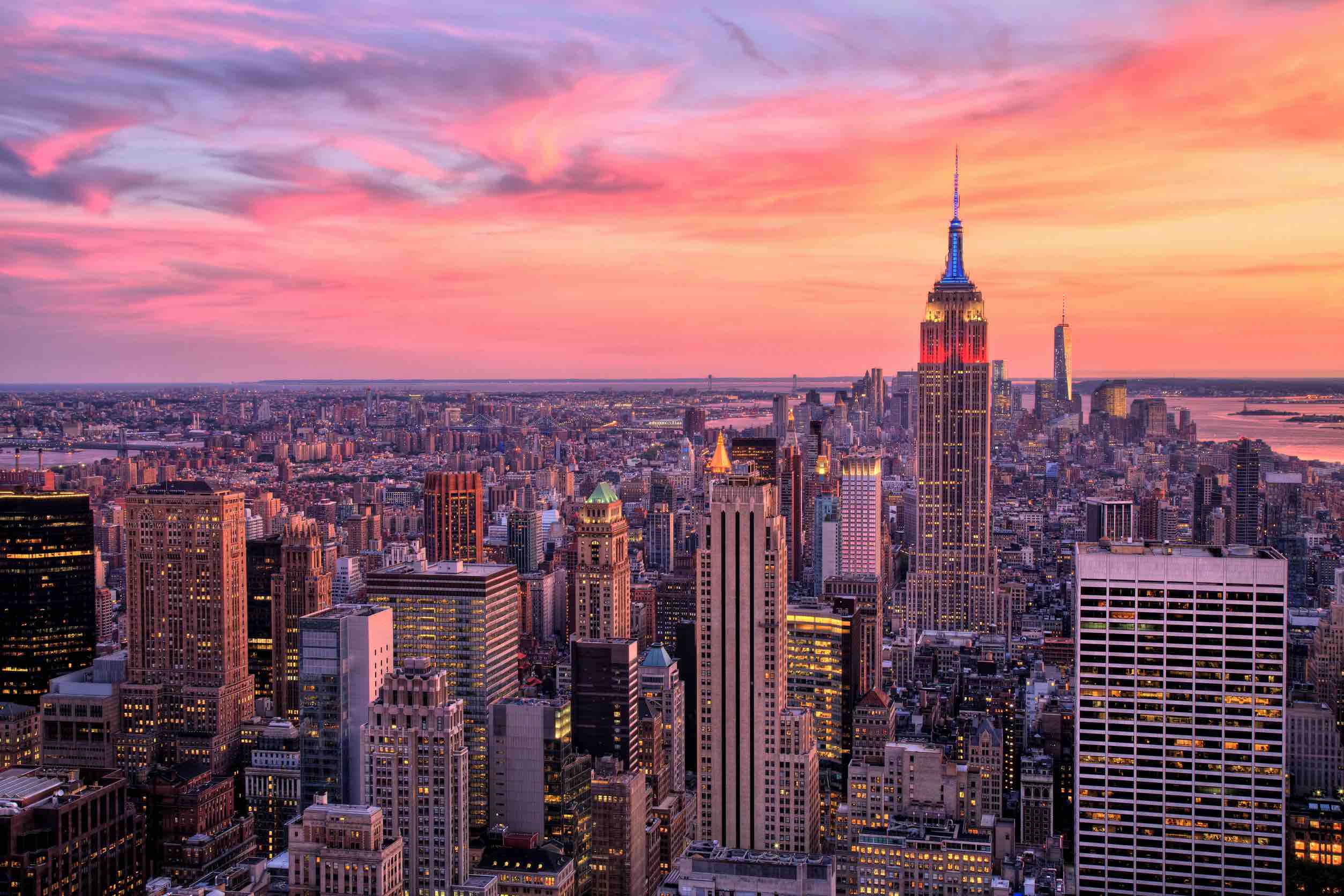
5 Sustainable Solutions to Urban Heat Islands
The continual rise of buildings and infrastructure has trapped sweltering heat, baking cities and their residents worldwide. The implications of these urban heat islands are detrimental to livability, increasing energy costs, and pose dire risks to public health. Fortunately, there’s a light at the end of a bleak tunnel as cities implement sustainable solutions for more pleasant, resilient urban environments.
What Are Urban Heat Islands?
The urban heat island effect is when cities get significantly warmer than nearby rural areas, particularly in the summer. They are often lined with unshaded skyscrapers and asphalt roadways, so infrastructure absorbs more heat throughout the day and increases ambient temperatures. By the afternoon, an urban area could be 15-20 degrees Fahrenheit warmer than more vegetated places.
Urban heat islands are bound to become more widespread as urbanization climbs. Experts predict 66% of the global population will live in cities by 2050 — an increase of 2.5 billion people. If this happens, governments will have greater difficulty delivering essential services and communication to those most at risk from the heat.
Impacts of Urban Heat Islands
Urban heat islands have severe implications for the living and built worlds. HVAC systems must work harder to cool buildings and improve indoor comfort, requiring higher energy consumption. According to one Environmental Protection Agency report, air conditioning demand increases by 1%-9% for every 2-degree rise in temperature.
The urban heat island effect also worsens air pollution by accelerating ground-level ozone, hydrocarbons and volatile organic compounds, much of which derives from transportation and industrial combustion.
Air pollution already threatens the population. A 2023 study says ozone and fine particulate matter cause 8.34 million deaths annually worldwide. Nearly 52% are associated with cardiometabolic disease, while 16% are related to stroke and pulmonary issues. An average of 5.13 million deaths are attributed to fossil fuel air pollution.
How to Reduce the Urban Heat Island Effect
Reducing the urban heat island effect is crucial for people and the planet. Poor health from heat-related stress also negatively impacts economic prosperity by reducing worker productivity and societal activity. Governments and citizens should consider the following measures to build more resilient cities against urban heat.
-
Build With Energy Efficiency
Cities are known for their dense infrastructure, which makes them hubs for corporations and employment opportunities. However, these buildings significantly contribute to the urban heat island effect by absorbing warmth and creating emissions.
When constructed sustainably, buildings can sequester 38% of their total carbon emissions — this means building city infrastructure with energy efficiency in mind. Much of the built environment has already begun implementing more efficient insulation, ventilation and shading to lower air conditioning use. Integrating solar panels and other renewable energy solutions also helps offset building heat production.
Ensuring new construction and retrofitted structures use Energy Star-rated appliances can mitigate excessive heat from buildings. Typically, these products use 30%-60% less energy than standard models, reducing power consumption and utility costs.
-
Increase Vegetation
Green spaces are a welcome respite within concrete jungles. They’re also critical in mitigating hotter ambient temperatures. Tree canopies offer much-needed shading over sidewalks and roads while absorbing excess heat and air pollution.
Plants also release water vapor into the air in a process called transpiration, which has a significant cooling effect. One study showed transpiration reduced ambient temperatures by 0.5 to 4 degrees Celsius — 32.9 to 39.2 F.
Cities should plant trees and design more parks to reduce the urban heat island effect. Involving the community in tree-planting activities is a great way to connect with residents and encourage their involvement in building a resilient environment.
-
Install Cool Surfaces
Cool surfaces — like rooftops, walls and pavement — are better at reflecting sunlight than absorbing it. As a result, roads and buildings hold onto less heat, preventing it from getting trapped at ground level.
These surfaces use different materials and coatings than traditional infrastructure, kicking the sun’s radiation back into the atmosphere. For instance, roads with gray and white coatings reduce pavement temperatures by 3 C-9 C, respectively, during the hottest hours of the day. Likewise, ceramic porous surfaces retain moisture for days, lowering surface temperatures by 10 C.
Many city residents have also created rooftop gardens with lush flora to offset building-induced heat. Some provide food access for disadvantaged people in urban areas.
-
Improve Air Flow
Blocks tightly packed with buildings leave little space for ambient air to circulate, trapping more heat closer to sidewalks and roads. It is beneficial to construct the built environments at varied heights. Rather than cluster skyscrapers next to each other, they should be staggered — some taller than others.
The varied building heights produce new wind corridors for improved ventilation, drawing cooler air downward. Proper placement can also provide shading from intense sunlight.
-
Plan for Smart Growth
Urban planning should implement smart growth strategies, including developing walkable, mixed-use communities with greater transportation and housing options, green spaces, and less sprawl.
Rather than building new structures, smart growth encourages using existing vacant ones. This measure allows urban governments to preserve natural areas and convert unused lots into new green spaces.
Improving transit accessibility and walkability also reduces the number of cars on the road, leading to fewer parking spaces and less transportation emissions and heat.
Sustainability for a Cooler Tomorrow
Cooling down cities is imperative as global warming ramps up. Integrating sustainable solutions enables cities to reduce the heat island effect and protect residents from related conditions and high mortality rates. Even the simplest changes to city planning can tremendously impact the built and living environment.